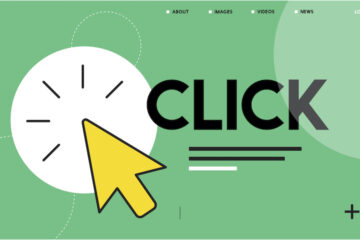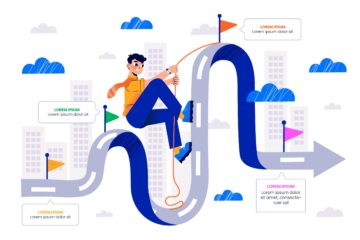
Requirement Gathering – Step by Step
Requirement gathering is an essential process in the design phase. It involves capturing, analyzing, and documenting the needs, expectations, and constraints of stakeholders. The process aims to identify and define both the functional and non-functional requirements that must be met by the project or system being developed.
Effective requirement gathering is crucial for successful project outcomes as it sets the foundation for planning, design, development, and testing activities. It also fosters collaboration, communication, and understanding among stakeholders, ultimately leading to the delivery of a solution that meets the needs of the intended users or customers.
Identify stakeholders: Determine the key stakeholders who will be involved in the project. These can include end-users, clients, business analysts, subject matter experts, and developers. Consider their roles, responsibilities, and expertise related to the project.
Define the purpose and scope: Clearly understand the project’s purpose, goals, and objectives. Identify the scope of the project, including the specific functionalities, features, and constraints that need to be considered during requirement gathering.
Select requirement-gathering techniques: Choose the appropriate requirement-gathering techniques based on the project’s nature, stakeholder availability, and complexity. Common techniques include interviews, workshops, surveys, and prototyping. Consider using a combination of techniques to gather a comprehensive set of requirements.
Plan and schedule sessions: Plan and schedule requirement-gathering sessions with stakeholders. Allocate sufficient time for each session, ensuring stakeholders can actively participate and provide input. Consider the location and logistics, whether sessions will be conducted in person or remotely.
Prepare for sessions: Prepare agendas, questionnaires, or discussion guides for each requirement-gathering session. Clearly outline the objectives of each session and the specific topics or areas to be covered. Gather any relevant background information, project documents, or prototypes to aid discussions.
Conduct requirement gathering sessions: Facilitate the requirement gathering sessions with stakeholders. Encourage open communication and active participation. Use the selected techniques to elicit requirements, ask clarifying questions, and capture relevant information. Take detailed notes and record the sessions if necessary.
Document requirements: After each requirement gathering session, document the gathered requirements promptly. Organize and categorize the requirements based on their type (e.g., functional, non-functional) and priority. Ensure that the requirements are clear, concise, and unambiguous. Use appropriate tools such as spreadsheets, word processors, or specialized requirement management tools.
Validate and verify requirements: Review the documented requirements with stakeholders to ensure accuracy and completeness. Validate the requirements against the project’s objectives and scope. Seek feedback and clarification from stakeholders, addressing any potential gaps or inconsistencies.
Prioritize and refine requirements: Prioritize the requirements based on their importance and impact on the project’s goals. Identify any conflicting or redundant requirements and resolve them through discussions and negotiations. Refine the requirements to ensure they are feasible, measurable, and achievable.
Maintain traceability: Establish traceability between the requirements and other project artifacts such as test cases, design documents, and user stories. This helps ensure that the requirements are adequately addressed throughout the project lifecycle.
Communicate and collaborate: Regularly communicate the gathered requirements to all relevant stakeholders, including the development team, project managers, and clients. Foster collaboration and seek ongoing feedback to address evolving needs and changes.
Manage changes: As the project progresses, be prepared to manage changes to the requirements. Implement a change management process to evaluate and incorporate new or modified requirements while considering their impact on project timelines, resources, and deliverables.



